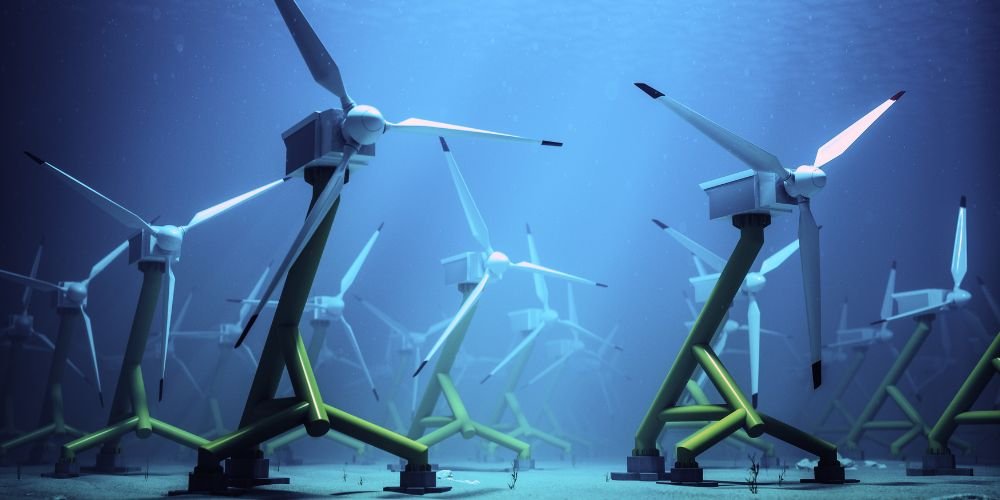Tidal energy, a form of hydropower that converts the energy of tides into electricity, is gaining attention as a promising renewable energy source. Unlike other renewable energies like solar and wind, tidal energy is highly predictable and reliable, offering a consistent energy supply. As the world seeks sustainable alternatives to fossil fuels, tidal energy stands out as a potential game-changer in the quest for clean, renewable energy. This opinion piece explores tidal energy’s advantages, challenges, environmental impact, and future potential.
Advantages of Tidal Energy
Tidal energy offers several compelling advantages, making it an attractive option for renewable energy generation. One of the key benefits is its predictability. Tides follow a natural and consistent pattern, making it easier to forecast energy production than solar or wind energy, which can be more variable. Additionally, tidal energy systems have a long lifespan, with tidal barrages and underwater turbines capable of operating for decades with minimal maintenance. This longevity, combined with the reliability of tidal forces, ensures a stable and continuous energy supply, reducing dependence on other energy sources.
Challenges in Tidal Energy Development
Despite its potential, tidal energy development faces significant challenges. The high cost of building and maintaining tidal energy infrastructure is a major hurdle. Tidal power plants require substantial upfront investment in engineering and construction, especially in harsh marine environments. Furthermore, there are limited locations globally where tidal energy can be effectively harnessed, requiring specific geographical features, such as strong currents or a significant tidal range. These factors can limit the widespread adoption of tidal energy, making it a niche rather than a mainstream energy source.
Environmental Impact
The environmental impact of tidal energy is a topic of debate. On one hand, tidal energy produces no greenhouse gas emissions during operation, making it an environmentally friendly alternative to fossil fuels. However, the construction and operation of tidal power plants can disrupt local ecosystems. For instance, tidal barrages may alter the natural flow of water, affecting marine life and sediment transport. The placement of underwater turbines can also pose risks to marine animals. Careful planning and environmental impact assessments are essential to minimize these risks and ensure that tidal energy projects are sustainable.
Future Potential of Tidal Energy
The future of tidal energy looks promising as technological advancements continue to address existing challenges. Innovations in turbine design, such as floating tidal turbines, are reducing costs and expanding the range of viable locations for tidal energy projects. Additionally, as the global demand for renewable energy grows, governments and private companies will likely increase investment in tidal energy research and development. With further advancements, tidal energy could play a significant role in the global transition to clean energy, contributing to a more sustainable and resilient energy system.
Conclusion
Tidal energy represents a powerful and reliable renewable energy source with the potential to contribute significantly to global energy needs. While challenges such as high costs and environmental concerns remain, ongoing technological advancements and increased investment will likely overcome these obstacles. As the world seeks sustainable energy solutions, tidal energy offers a promising avenue for harnessing the immense power of the oceans, driving progress toward a cleaner and more sustainable future.












